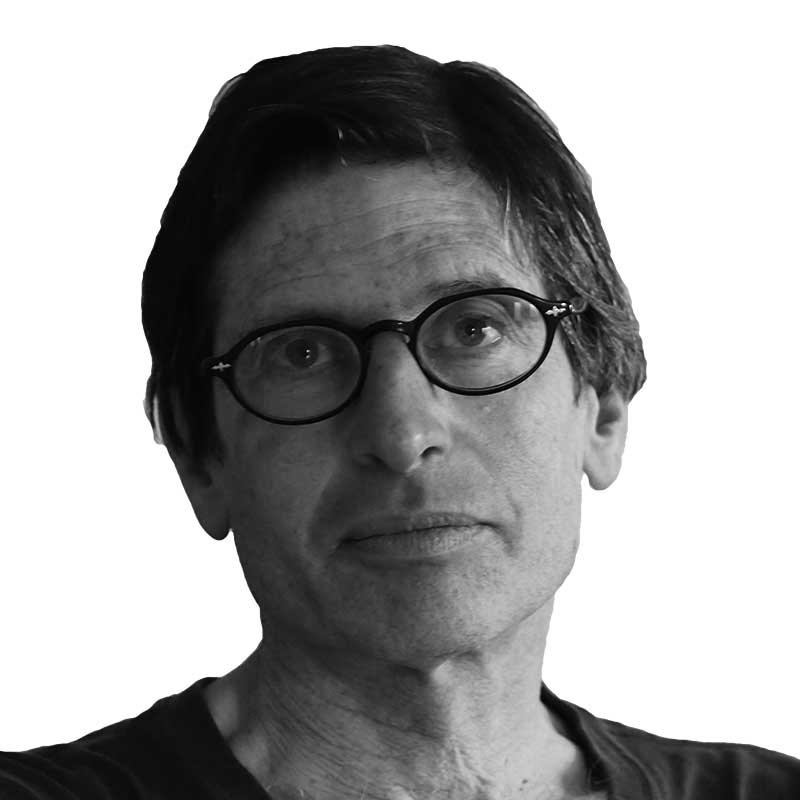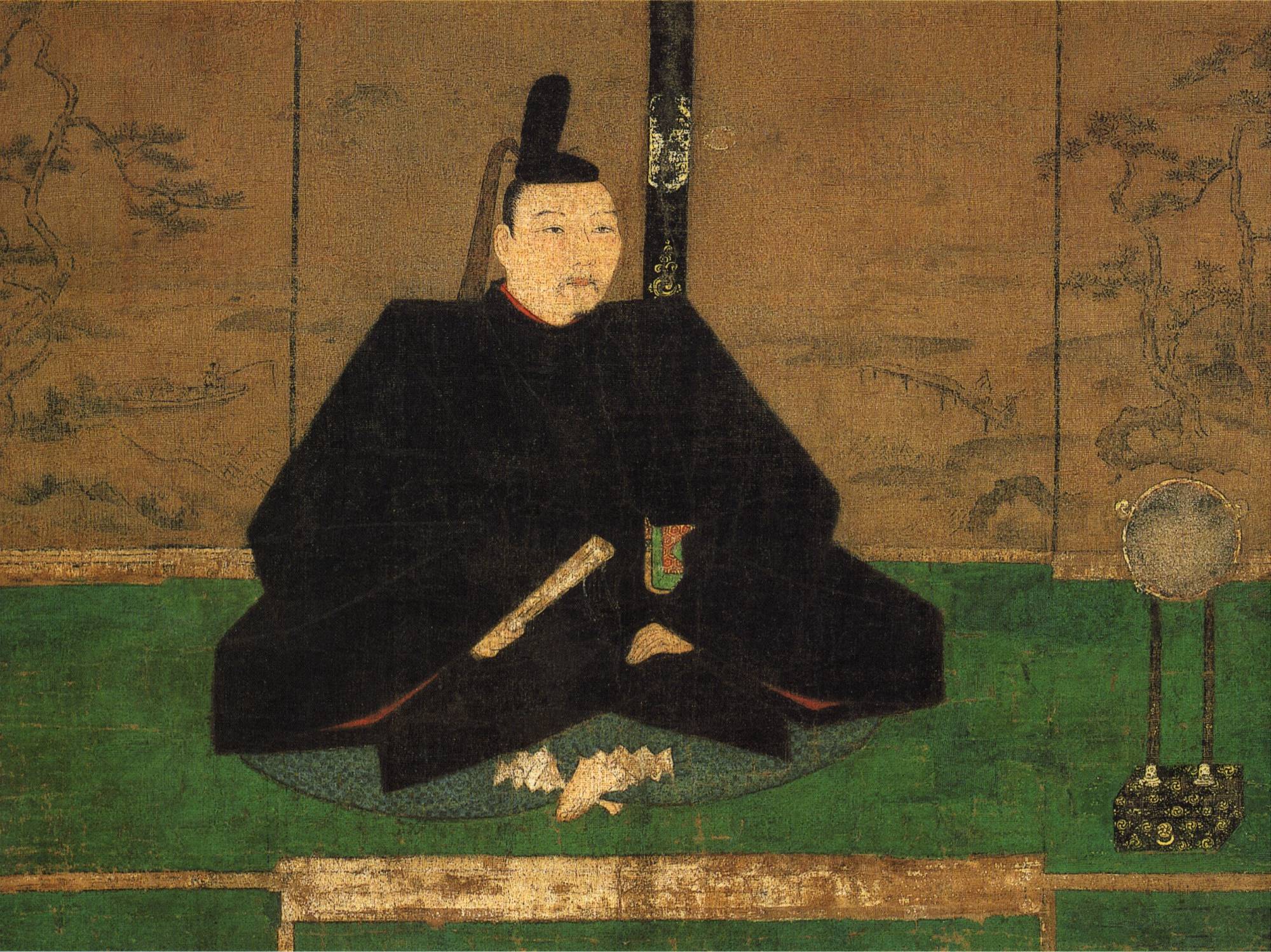
Meta
Michael Hoffman
Michael Hoffman is a fiction and nonfiction writer who has lived in Hokkaido by the sea almost as long as he can remember. He has been contributing regularly to The Japan Times for 10 years. His latest novel is "The Naked Ear" (VBW/Blackcover Books, 2012).


































